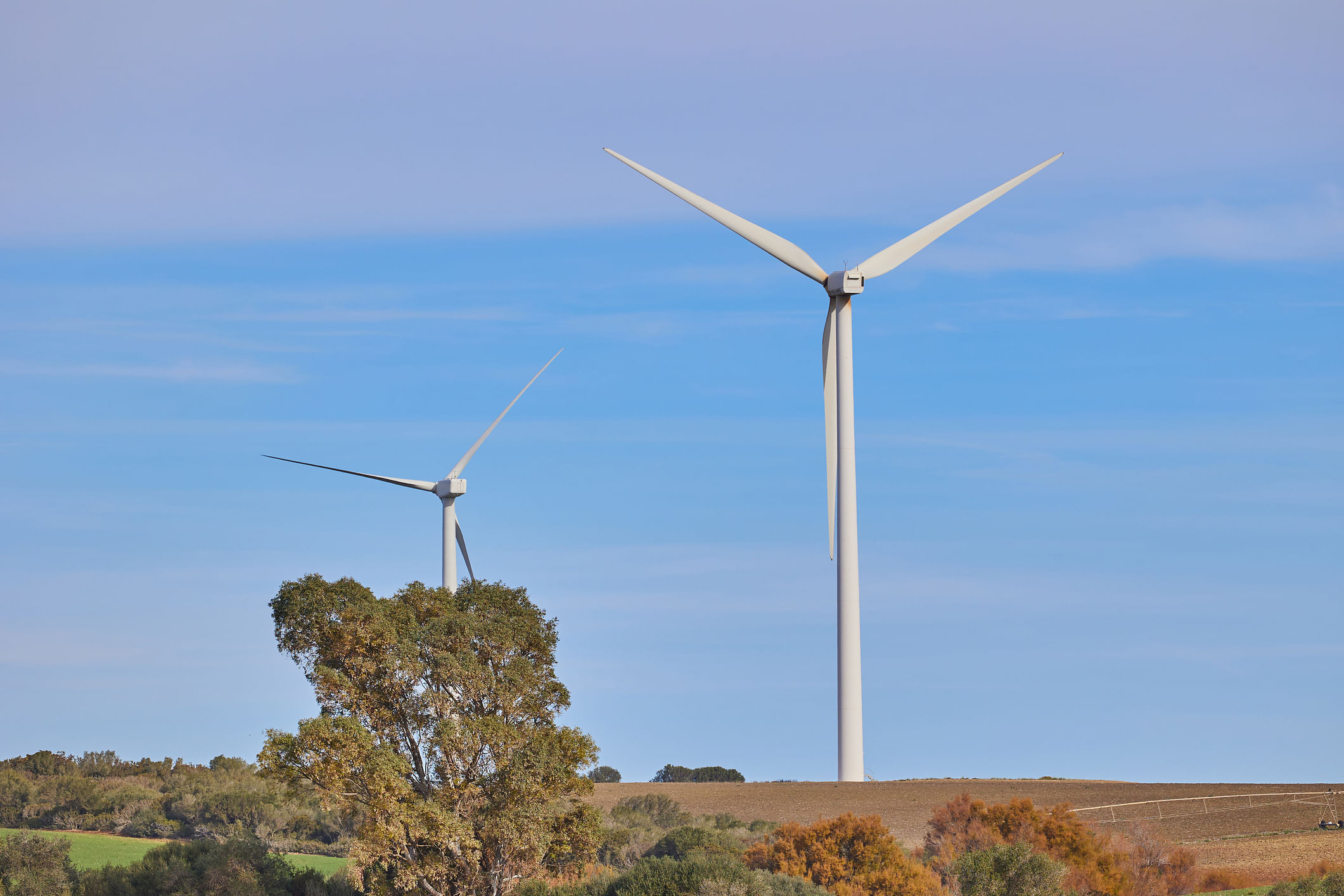
Jun 25th, 2024
Embracing Renewable Energy: Insights from the Strauss Wind Farm and Its Environmental Implications, Part Two
By: Nichole Fandino
June 25, 2024
While wind energy is important for the environment because it reduces greenhouse gas emissions and reliance on fossil fuels, wind farms face environmental challenges. These challenges include impacts on soil and groundwater, water quality, and handling hazardous waste during both construction and operation.
Hydrology and Water Quality
Wind farms can significantly affect local water systems and water quality. The Final Supplemental Environmental Impact Report for the Strauss Wind Project in Santa Barbara County, for example, raised some potential issues, including:
- Erosion and Sedimentation: Building the wind farm can cause soil to erode and sediment to enter nearby water bodies.
- Pollutant Discharge: Small spills of fuel, oil, concrete, or trash during construction and operation can affect water quality.
- Stormwater Runoff/Flooding: Land disturbances can affect stormwater runoff and water quality.
- Groundwater Impact: The project might use up groundwater supplies or interfere with their replenishment.
Hazardous Materials Handling and Waste Management
While they are considered more environmentally friendly sources of energy, wind farms rely upon various hazardous materials to keep the wind turbines lubricated and cooled. The Strauss Wind Project’s environmental report outlined several concerns:
- Lubricants and Coolants: The turbines use oil, grease, and ethylene glycol to stay cool. These fluids are tested and replaced as needed, and spills are contained within the turbine structures.
- Leak-Proof Design: The turbines are designed with leak-proof gaskets to prevent spills during operation and maintenance.
- On-Site Chemical Storage: Chemicals are stored in safe containers to prevent spills. Handling these materials follows a plan approved by the Santa Barbara County Fire Department.
- Potential Hazardous Materials: Maintenance vehicles use gasoline, diesel, motor oil, grease, ethylene glycol, and may emit trace levels of toxic substances like benzene.
Mitigation Measures
To address these concerns, several mitigation measures have been put in place at the Strauss Wind Farm:
- Hazardous Materials Management Plan: The project must have a plan for managing hazardous materials, approved by the Santa Barbara County Fire Department.
- Refueling Spill Notification: Refueling vehicles must have signs with contact information in case of a spill.
- Equipment Maintenance: All equipment must be well-maintained to reduce the risk of spills. Contractors need to be informed about this.
- Avoidance of Sensitive Areas for Refueling: Refueling must take place away from sensitive areas to prevent contamination.
Conclusion
We have yet to see a zero-impact energy project. Despite some environmental impacts, the Strauss Wind Farm represents a big step towards meeting California’s clean energy goals and highlights the importance of protecting the environment while developing renewable energy.